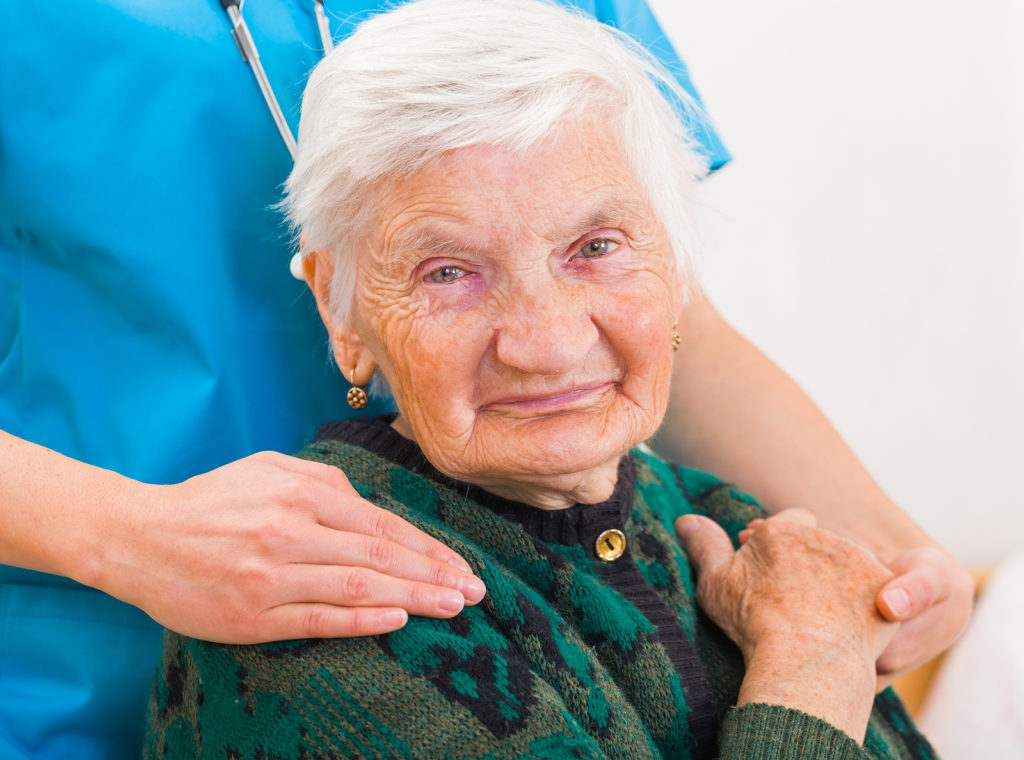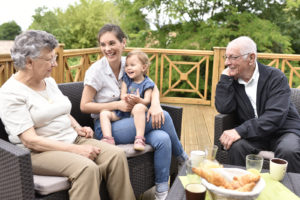 The newly released 2023 Alzheimer’s Disease Facts and Figures Special Report by the Alzheimer’s Association highlights the disease’s troubling projected growth. Nationally, there are more than six million Americans living with Alzheimer’s Dementia. That number is on pace to more than double to 13 million by the year 2050. Unfortunately, things do not appear any better from a local level. The number of Marylanders with the disease is on pace to grow by nearly 20% from 2020 to 2025. Next door in Delaware, that number is 21%. In Virginia, it’s over 26%.
The newly released 2023 Alzheimer’s Disease Facts and Figures Special Report by the Alzheimer’s Association highlights the disease’s troubling projected growth. Nationally, there are more than six million Americans living with Alzheimer’s Dementia. That number is on pace to more than double to 13 million by the year 2050. Unfortunately, things do not appear any better from a local level. The number of Marylanders with the disease is on pace to grow by nearly 20% from 2020 to 2025. Next door in Delaware, that number is 21%. In Virginia, it’s over 26%.
While these trends have tremendous implications for the nation’s healthcare policy, facilities and resources, they also present an unpleasant eventuality for many of us – a future caring for a loved one suffering from dementia.
There are no easy diseases when it comes to having a loved one afflicted with a life-threatening condition. Any debilitating affliction that diminishes the life of someone you care about is a terrible burden. That said, dementia is an incredibly cruel disease that robs us of our loved one’s personality and essence before claiming their body. It turns spouses into strangers, best friends into afterthoughts and children into unwanted visitors. And left in its wake is a person who is scared, frustrated, confused and, in many ways, alone, surrounded by loved ones who share all of those same feelings.
Despite the rollercoaster of emotions you may experience when caring for someone with dementia, it’s important to approach the situation with a calm demeanor, a sound plan and plenty of love. While it may seem prudent and safe to help them as much as possible, let them be somewhat self-sufficient. Treating a loved one as if they’re completely helpless can exacerbate their condition and leave them less connected to their surroundings.
It’s also important to speak to them like their adults, not children. And while it’s helpful to talk at a slightly slower pace and give them more time to respond, always remain respectful, as that will encourage them to engage more. Speaking of a slower pace, it’s also good to walk and act at a slower pace so your loved one doesn’t feel rushed or fall behind.
As you care for a loved one with dementia, you must be realistic and honest about your ability to look after them. While you undoubtedly have their best interests at heart and give them the finest care you possibly can, it may not be enough. And if that happens, you must not feel shame, guilt or any negativity about your attempts to care for them. Dementia is an incredibly difficult disease to treat, which almost always requires the help of professional caregivers. With each case being as unique as the loved one it afflicts, knowing how much or how little care to give is an immense challenge.
That’s why we at Sagepoint Senior Living offer such a wide range of care options for those with Alzheimer’s disease or suffering from dementia. Sometimes people in the early stages of the disease only need a little assistance around the house, like meal preparation or doing a load of laundry. As their condition changes, so can their care. We offer adult day services, assisted living, memory care and everything in between – all specifically tailored to the specific needs of your loved one.
With the growing number of people being diagnosed with dementia by the year, the likelihood that you will care for a loved one with this horrible disease is also growing. Please, follow the advice above. Stay patient and loving with them; after all, if this journey is frustrating, scary and confusing for you, imagine what it must be like for them.
Be strong for them. Remember them as they were, and love them as such. It may not save them from Alzheimer’s, but it may make their time with you more special and rewarding.










 Equal Housing Opportunity
Equal Housing Opportunity